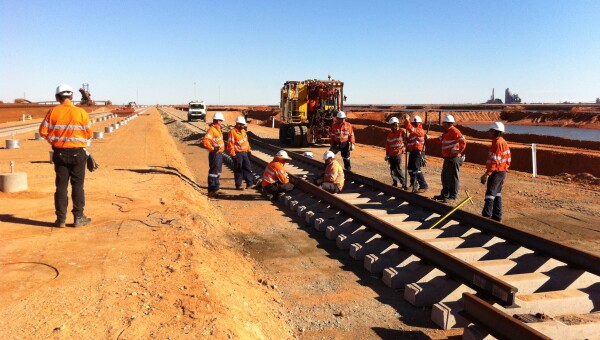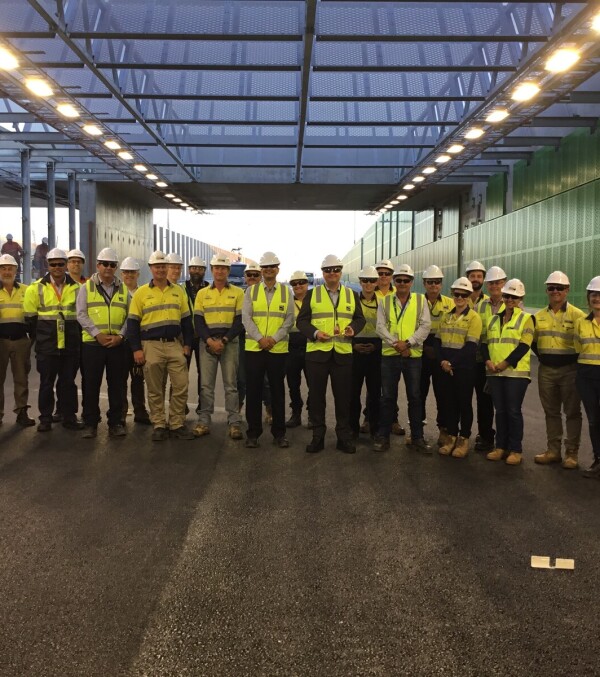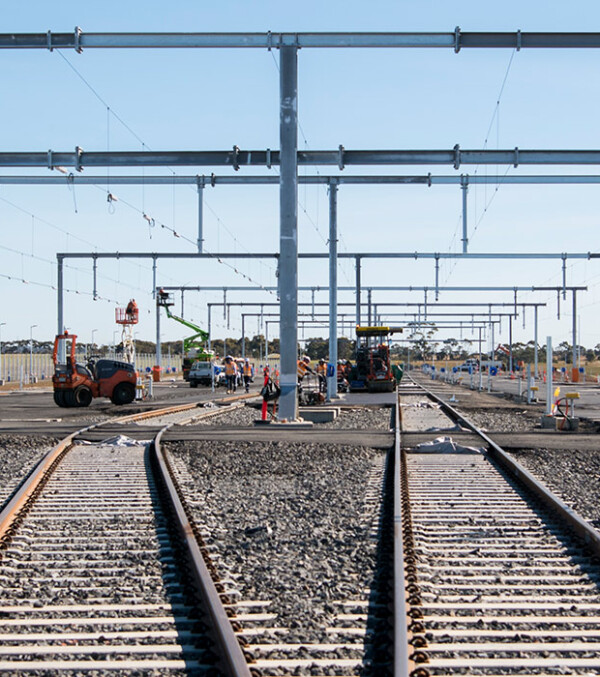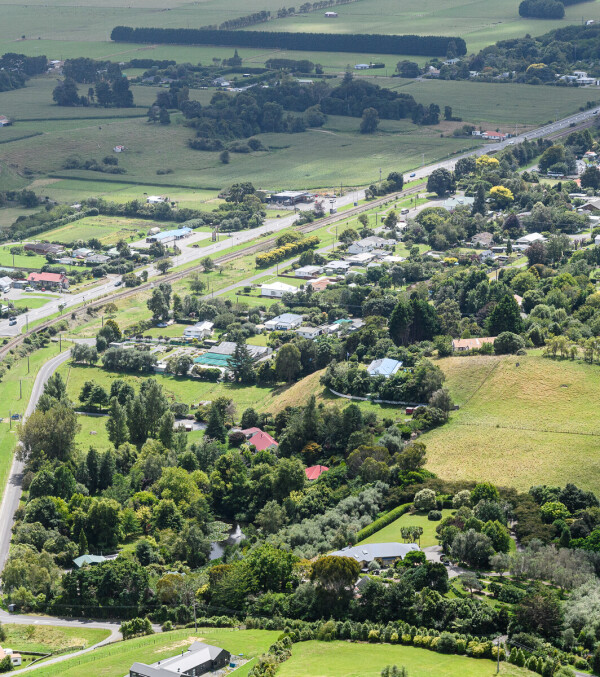|
Customer: Fortescue Metals Group (FMG) Contract: Construct Only Location: Pilbara, Western Australia |
Fast Facts
|
For FMG's T155 Capacity Expansion Project, we constructed 300 km of new heavy haul rail track and 107 turnouts in remote Western Australia. The new track enabled FMG to increase iron ore export capacity to 155 million tonnes per annum.
Approximately half of our scope of work (150 km), was the partial duplication of the existing FMG mainline. We successfully delivered this adjacent to and interfacing with the busy live rail environment of the mainline. We also installed several new turnouts in the operational mainline under possession.
The balance of our scope of work was the construction of the Solomon Spur (later renamed the Hamersley Line). The Solomon Spur is a 146 km green field line with crossing loops and mine out loading loop at the Firetail mine. The Solomon Line connects to the existing mainline at approximately 180 km from Port Hedland.
Resourcing mulitple work fronts in a live rail environment across various remote locations was a logisitical, scheduling and communications management challenge.
Construction materials were moved to the work front by rail and road. The scheduling of construction material trains for rails, sleepers and ballast, as well as movement of heavy on track rail plant on the operational FMG mainline, required full time interface management with FMG Train Operations.
Due to the remote location, work crews worked on a fly-in fly-out basis - 12 hour shifts 4 weeks on/1 week off rosters. At the height of construction activities, several different contractors were working along the same sections, sharing the same rail camps and access roads. The demand for accommodation in specific rail camps nearest to work fronts was often in excess of availability. This resulted in the need to split part of a work crew to one camp with the balance to another. This impacted on daily travel time from camp to workfront and hence available productive time. Integrated interface management and constant communications involving all stakeholders, was crucial to managing the challenges.









